Frilled sharks are one of the most fascinating creatures in the ocean, often referred to as "living fossils." These unique sharks have retained many characteristics from their ancient ancestors, and one question that arises is: Why do frilled sharks never metamorphose? In this article, we'll explore their biology, lifecycle, and the reasons behind their lack of metamorphosis.
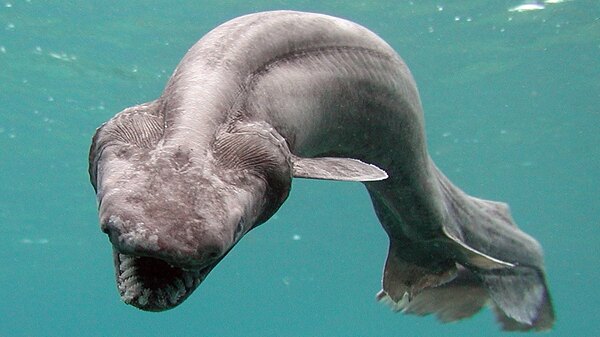
Frilled sharks (Chlamydoselachus anguineus) are deep-sea sharks known for their distinctive appearance. They have a long, eel-like body and a unique set of gills that resemble frills, hence their name. They are typically found in deep waters around the world, usually at depths of 200 to 2,000 feet (60 to 600 meters).
Giant frilled sharks, or frilled sharks in general, can grow to be quite large, typically reaching lengths of about 6.5 to 10 feet (2 to 3 meters). However, some reports suggest that they may grow even larger, potentially up to 15 feet (4.5 meters) in rare cases. Their long, eel-like bodies and unique appearance make them distinct among shark species, but they are still relatively small compared to many other sharks.
Frilled sharks have a relatively long lifespan, estimated to be around 20 years or more. Unlike many fish that go through drastic changes in their lifecycle, frilled sharks exhibit a more stable development process. They give birth to live young, which are fully formed and resemble miniature versions of adults, a process known as ovoviviparity.
Metamorphosis is a biological process where an organism undergoes significant physical changes after birth or hatching. This process is commonly seen in amphibians, such as frogs, which transition from a tadpole stage to an adult frog. During metamorphosis, these creatures often change their habitat, diet, and even their physical form.
Metamorphosis allows some species to adapt to different environments. For example, a tadpole lives in water and relies on gills for breathing, while an adult frog lives on land and breathes air with lungs. This transformation helps ensure their survival in varying habitats.
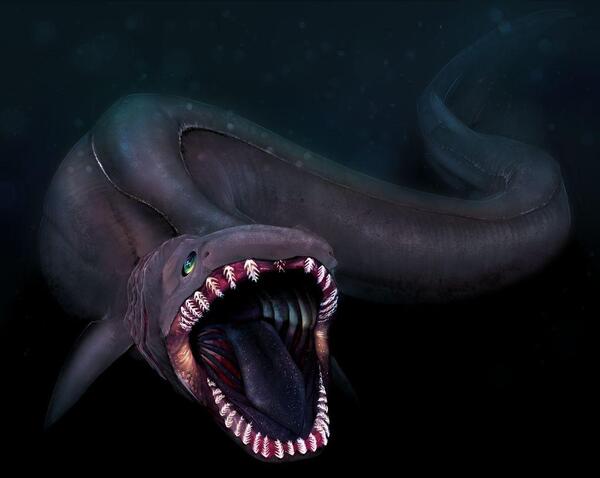
Frilled sharks are considered "living fossils" because they have changed very little over millions of years. Their ancient lineage means they have retained many characteristics that were successful for survival in their deep-sea environment. Rather than undergoing metamorphosis, they have evolved to maintain a stable form throughout their lives, which is well-suited to their habitat.
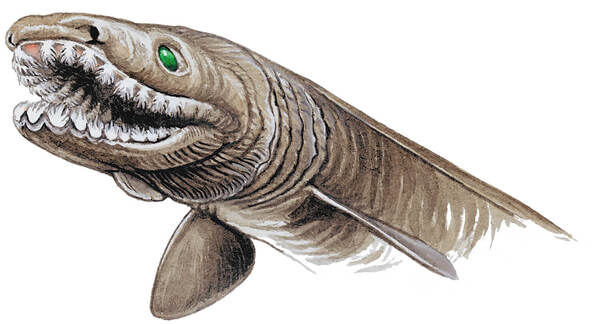
Frilled sharks inhabit deep ocean waters, where conditions are stable and constant. Their body shape and physiological traits are adapted to life in these depths, allowing them to be efficient predators. Since they live in a relatively unchanging environment, the need for metamorphosis to adapt to different habitats is minimal.
Frilled sharks have a unique hunting strategy that does not require drastic changes in their physical form. They use their long, flexible bodies to ambush prey, relying on their speed and agility. This predatory lifestyle does not necessitate a metamorphic phase, as their adult form is already optimized for hunting.
Unlike animals that undergo metamorphosis, frilled sharks grow continuously throughout their lives. They maintain their form while growing larger, which allows them to adapt to their environment without undergoing drastic changes.
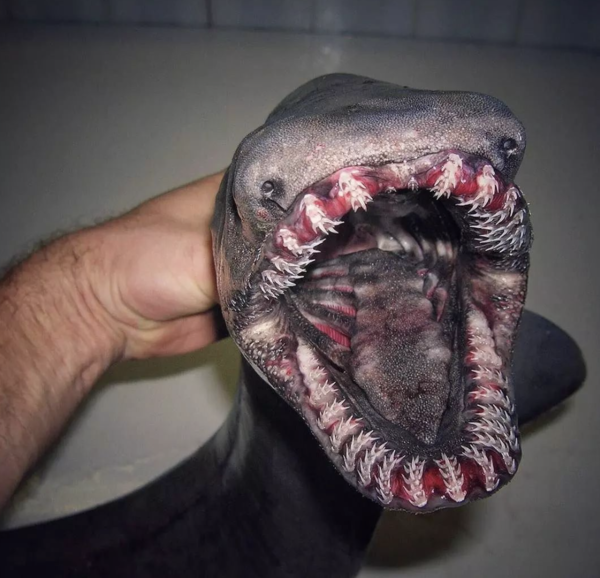
frilled sharks are generally considered harmless to humans. They are deep-sea dwellers that typically inhabit depths of 200 to 2,000 feet (60 to 600 meters), far from human activity. Their diet mainly consists of squid and fish, and they are not known to pose a threat to people.
Despite their somewhat intimidating appearance with their long bodies and numerous sharp teeth, frilled sharks are shy and rarely encountered. There have been no recorded attacks on humans, making them safe to observe from a distance if encountered in the wild.
Frilled sharks are not considered aggressive. They are generally shy and tend to avoid confrontation with larger animals, including humans. Their hunting style involves ambushing prey rather than actively pursuing it, which reflects their more passive nature. While they have sharp teeth, their primary focus is on catching squid and small fish rather than exhibiting aggressive behavior. Overall, they are more likely to flee than fight when threatened.
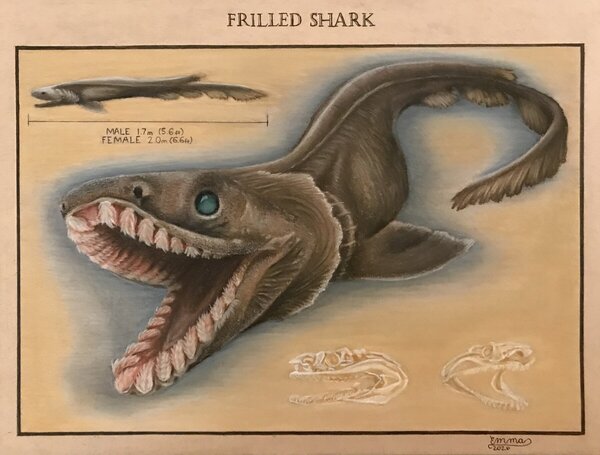
In summary, frilled sharks do not metamorphose due to their evolutionary history, deep-sea adaptations, efficient predatory strategies, and continuous growth patterns. Their unique characteristics make them a remarkable species that has thrived in the ocean for millions of years. By understanding why frilled sharks never metamorphose, we gain insight into the fascinating world of deep-sea creatures and the evolutionary processes that shape their lives.
animal tags: Frilled-Shark
We created this article in conjunction with AI technology, then made sure it was fact-checked and edited by a Animals Top editor.